Performance Analysis of Photovoltaic Integrated Shading Devices (PVSDs) and Semi-Transparent Photovoltaic (STPV) Devices Retrofitted to a Prototype Office Building in a Hot Desert Climate
Abstract
1. Introduction
2. Methodology
2.1. Case Study (ROB) and Climate
2.2. PVSD Configurations
- An inclined single panel PVSD.
- An unfilled eggcrate PVSD.
- A louvre of ten outward-tilted slats.
- A louvre of five outward-tilted slats.
- A semi-transparent photovoltaic (STPV) module with 20% transparency.
2.3. PV Energy Output Simulations
2.4. Experiment Validation of PV Energy Output
2.5. Thermal Simulation
2.6. Daylighting and Lighting Energy Simulations
3. Results and Discussion
3.1. Analysis and Validation of Energy Outputs at Different Tilt Angles
3.2. Energy Performance
3.3. Daylighting and Visual Comfort
3.4. Daylight Glare Probability
3.5. Energy Saving Potential
4. Conclusions
- Climate profoundly affected cooling and heating energy consumption as the integration of outward tilted slats in the louvre PVSDs as well as the double-low-E window pane of the STPV module significantly reduced cooling and heating energy consumption due to the thermal properties of the STPV window pane compared to double-low-E window panes applied in other configurations. Furthermore, it blocked direct solar radiance throughout the year.
- Although an effective configuration and daylight control strategy could eliminate glare discomfort, they increased lighting energy consumption, particularly in the STPV module.
- The unfilled eggcrate PVSD was the optimum configuration as it could produce plus energy by means of conversion efficiency ȵ = 20% while simultaneously providing visual comfort.
Author Contributions
Funding
Conflicts of Interest
Appendix A
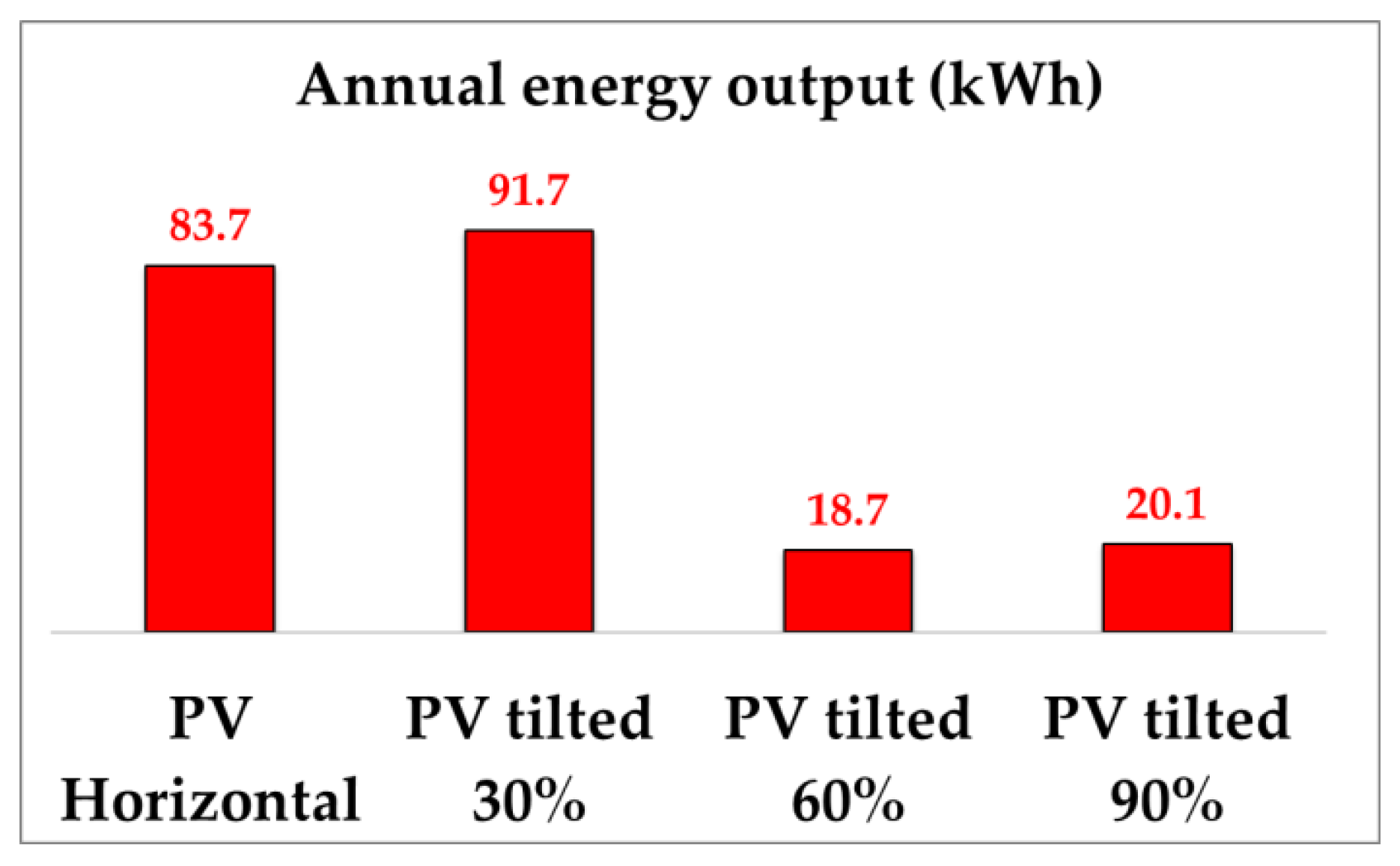
Appendix B
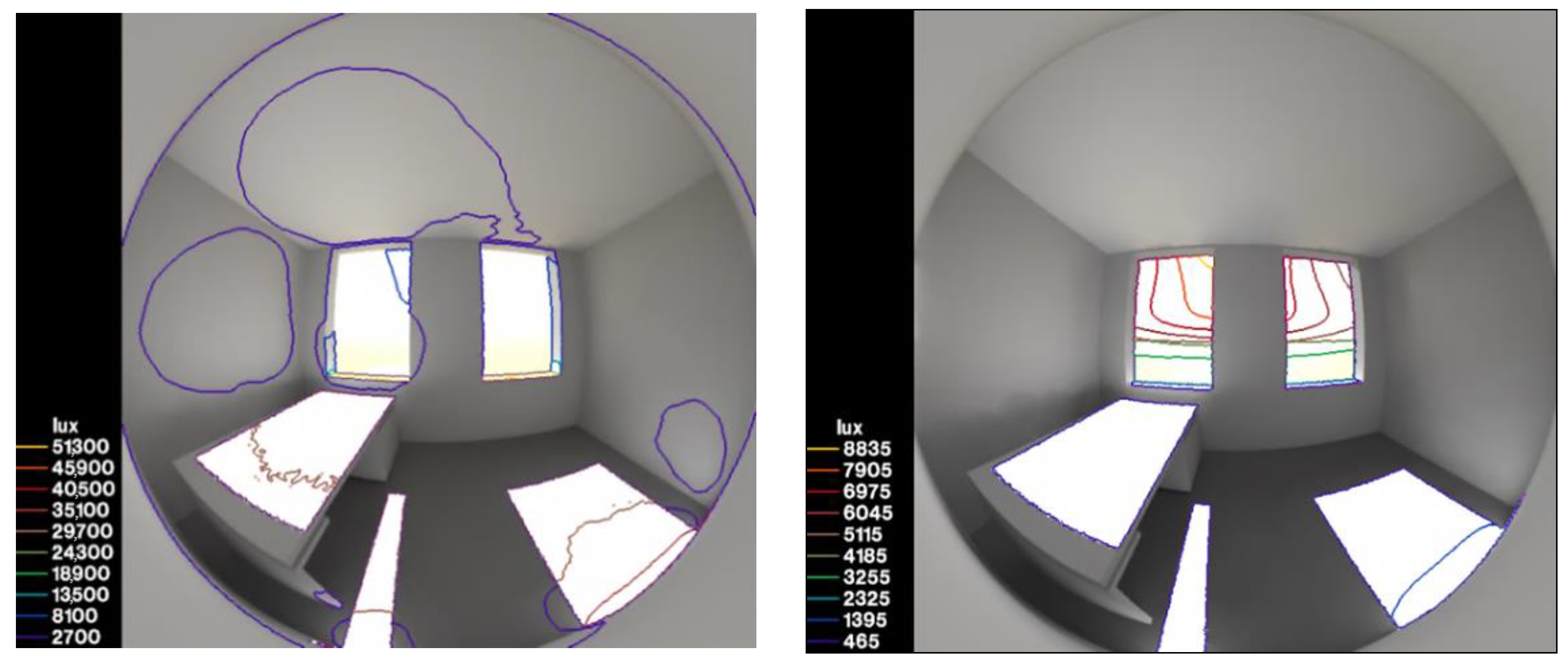
References
- Almasoud, A.H.; Gandayh, H.M. Future of solar energy in Saudi Arabia. J. King Saud Univ. Eng. Sci. 2015, 27, 153–157. [Google Scholar] [CrossRef]
- Alshahrani, J.; Boait, P. Reducing high energy demand associated with air-conditioning needs in Saudi Arabia. Energies 2019, 12, 87. [Google Scholar] [CrossRef]
- Zubair, M.; Bilal Awan, A.; Al-Ahmadi, A.; Abo-Khalil, A.G. NPC based design optimization for a net zero office building in hot climates with PV panels as shading device. Energies 2018, 11, 1391. [Google Scholar] [CrossRef]
- Asfour, O.S. Solar and shading potential of different configurations of building integrated photovoltaics used as shading devices considering hot climatic conditions. Sustainability 2018, 10, 4373. [Google Scholar] [CrossRef]
- Saudi Vision 2030. Available online: https://vision2030.gov.sa/en/node/6 (accessed on 2 December 2020).
- Zell, E.; Gasim, S.; Wilcox, S.; Katamoura, S.; Stoffel, T.; Shibli, H.; Engel-Cox, J.; Al Subie, M. Assessment of solar radiation resources in Saudi Arabia. Sol. Energy 2015, 119, 422–438. [Google Scholar] [CrossRef]
- Abdelhakim, M.; Kandar, M.Z.; Lim, Y.-W. Experimental Investigation of Overall Energy Performance in Algerian Office Building Integrated Photovoltaic Window under Semi-Arid Climate. J. Daylighting 2019, 6, 23–41. [Google Scholar] [CrossRef]
- Strong, S. Building integrated photovoltaics (BIPV). Whole Build. Des. Guide 2010, 9. Available online: https://www.wbdg.org/resources/building-integrated-photovoltaics-bipv?r=env_preferable_products (accessed on 2 December 2020).
- Skandalos, N.; Tywoniak, J. Influence of PV Facade Configuration on the Energy Demand and Visual Comfort in Office Buildings; Journal of Physics: Conference Series; IOP Publishing: Bristol, UK, 2019. [Google Scholar]
- Zhang, X.; Lau, S.K.; Lau, S.S.; Zhao, Y. Photovoltaic integrated shading devices (PVSDs): A review. Sol. Energy 2018, 170, 947–968. [Google Scholar] [CrossRef]
- Mohsenin, M.; Hu, J. Assessing daylight performance in atrium buildings by using Climate Based Daylight Modeling. Sol. Energy 2015, 119, 553–560. [Google Scholar] [CrossRef]
- El Gindi, S.; Abdin, A.R.; Hassan, A. Building integrated photovoltaic retrofitting in office buildings. Energy Procedia 2017, 115, 239–252. [Google Scholar] [CrossRef]
- Stamatakis, A.; Mandalaki, M.; Tsoutsos, T. Multi-criteria analysis for PV integrated in shading devices for Mediterranean region. Energy Build. 2016, 117, 128–137. [Google Scholar] [CrossRef]
- Hofer, J.; Groenewolt, A.; Jayathissa, P.; Nagy, Z.; Schlueter, A. Parametric analysis and systems design of dynamic photovoltaic shading modules. Energy Sci. Eng. 2016, 4, 134–152. [Google Scholar] [CrossRef]
- Taveres-Cachat, E.; Bøe, K.; Lobaccaro, G.; Goia, F.; Grynning, S. Balancing competing parameters in search of optimal configurations for a fix louvre blade system with integrated, P.V. Energy Procedia 2017, 122, 607–612. [Google Scholar] [CrossRef]
- Mandalaki, M.; Papantoniou, S.; Tsoutsos, T. Assessment of energy production from photovoltaic modules integrated in typical shading devices. Sustain. Cities Soc. 2014, 10, 222–231. [Google Scholar] [CrossRef]
- Kapsis, K.; Athienitis, A.K. A study of the potential benefits of semi-transparent photovoltaics in commercial buildings. Sol. Energy 2015, 115, 120–132. [Google Scholar] [CrossRef]
- Ghosh, A.; Sarmah, N.; Sundaram, S.; Mallick, T.K. Numerical studies of thermal comfort for semi-transparent building integrated photovoltaic (BIPV)-vacuum glazing system. Sol. Energy 2019, 190, 608–616. [Google Scholar] [CrossRef]
- Alrashidi, H.; Ghosh, A.; Issa, W.; Sellami, N.; Mallick, T.K.; Sundaram, S. Evaluation of solar factor using spectral analysis for CdTe photovoltaic glazing. Mater. Lett. 2019, 237, 332–335. [Google Scholar] [CrossRef]
- Bhandari, S.; Roy, A.; Ghosh, A.; Mallick, T.K.; Sundaram, S. Perceiving the Temperature Coefficient of Carbon-based Perovskite Solar Cells. Sustain. Energy Fuels 2020, 4, 6283–6298. [Google Scholar] [CrossRef]
- Ghosh, A.; Bhandari, S.; Sundaram, S.; Mallick, T.K. Carbon counter electrode mesoscopic ambient processed & characterised perovskite for adaptive BIPV fenestration. Renew. Energy 2020, 145, 2151–2158. [Google Scholar]
- Roy, A.; Ghosh, A.; Bhandari, S.; Selvaraj, P.; Sundaram, S.; Mallick, T.K. Color comfort evaluation of dye-sensitized solar cell (DSSC) based building-integrated photovoltaic (BIPV) glazing after 2 years of ambient exposure. J. Phys. Chem. C 2019, 123, 23834–23837. [Google Scholar] [CrossRef]
- Selvaraj, P.; Ghosh, A.; Mallick, T.K.; Sundaram, S. Investigation of semi-transparent dye-sensitized solar cells for fenestration integration. Renew. Energy 2019, 141, 516–525. [Google Scholar] [CrossRef]
- Myong, S.Y.; Jeon, S.W. Design of esthetic color for thin-film silicon semi-transparent photovoltaic modules. Sol. Energy Mater. Sol. Cells 2015, 143, 442–449. [Google Scholar] [CrossRef]
- Ghosh, A. Potential of building integrated and attached/applied photovoltaic (BIPV/BAPV) for adaptive less energy-hungry building’s skin: A comprehensive Review. J. Clean. Prod. 2020, 276, 123343. [Google Scholar] [CrossRef]
- Kirimtat, A.; Koyunbaba, B.K.; Chatzikonstantinou, I.; Sariyildiz, S. Review of simulation modeling for shading devices in buildings. Renew. Sustain. Energy Rev. 2016, 53, 23–49. [Google Scholar] [CrossRef]
- Al-Masrani, S.M.; Al-Obaidi, K.M. Dynamic shading systems: A review of design parameters, platforms and evaluation strategies. Autom. Constr. 2019, 102, 195–216. [Google Scholar] [CrossRef]
- Settino, J.; Carpino, C.; Perrella, S.; Arcuri, N. Multi-Objective Analysis of a Fixed Solar Shading System in Different Climatic Areas. Energies 2020, 13, 3249. [Google Scholar] [CrossRef]
- Zhang, W.; Lu, L.; Peng, J. Evaluation of potential benefits of solar photovoltaic shadings in Hong Kong. Energy 2017, 137, 1152–1158. [Google Scholar] [CrossRef]
- Yoo, S.-H.; Manz, H. Available remodeling simulation for a BIPV as a shading device. Sol. Energy Mater. Sol. Cells 2011, 95, 394–397. [Google Scholar] [CrossRef]
- Jayathissa, P.; Luzzatto, M.; Schmidli, J.; Hofer, J.; Nagy, Z.; Schlueter, A. Optimising building net energy demand with dynamic BIPV shading. Appl. Energy 2017, 202, 726–735. [Google Scholar] [CrossRef]
- Kim, J.J.; Jung, S.K.; Choi, Y.S.; Kim, J.T. Optimization of photovoltaic integrated shading devices. Indoor Built Environ. 2010, 19, 114–122. [Google Scholar] [CrossRef]
- Jung, S.K.; Kim, Y.; Moon, J.W. Performance Evaluation of Control Methods for PV-Integrated Shading Devices. Energies 2020, 13, 3171. [Google Scholar] [CrossRef]
- Bellia, L.; De Falco, F.; Minichiello, F. Effects of solar shading devices on energy requirements of standalone office buildings for Italian climates. Appl. Therm. Eng. 2013, 54, 190–201. [Google Scholar] [CrossRef]
- Khoroshiltseva, M.; Slanzi, D.; Poli, I. A Pareto-based multi-objective optimization algorithm to design energy-efficient shading devices. Appl. Energy 2016, 184, 1400–1410. [Google Scholar] [CrossRef]
- Ahmed, W.; Asif, M. BIM-based techno-economic assessment of energy retrofitting residential buildings in hot humid climate. Energy Build. 2020, 227, 110406. [Google Scholar] [CrossRef]
- Alardhi, A.; Alaboodi, A.S.; Almasri, R. Impact of the new Saudi energy conservation code on Saudi Arabia residential buildings. Aust. J. Mech. Eng. 2020. [Google Scholar] [CrossRef]
- Imam, A.A.; Al-Turki, Y.A. Techno-Economic Feasibility Assessment of Grid-Connected PV Systems for Residential Buildings in Saudi Arabia—A Case Study. Sustainability 2020, 12, 262. [Google Scholar] [CrossRef]
- Lopez-Ruiz, H.G.; Blazquez, J.; Vittorio, M. Assessing residential solar rooftop potential in Saudi Arabia using nighttime satellite images: A study for the city of Riyadh. Energy Policy 2020, 140, 111399. [Google Scholar] [CrossRef]
- Mesloub, A.; Ghosh, A. Daylighting Performance of Light Shelf Photovoltaics (LSPV) for Office Buildings in Hot Desert-Like Regions. Appl. Sci. 2020, 10, 7959. [Google Scholar] [CrossRef]
- Oh, S.-C.; Hildreth, A.J. Energy Simulation Using EnergyPlus™ for Building and Process Energy Balance. In Analytics for Smart Energy Management; Springer: Berlin/Heidelberg, Germany, 2016; pp. 199–244. [Google Scholar]
- Jakubiec, J.A.; Reinhart, C.F. DIVA: 2.0 Integrating daylight and thermal simulations using Rhinoceros 3D, Daysim and EnergyPlus. In Proceedings of the Building Simulation, Sydney, Australia, 14–16 November 2011. [Google Scholar]
- Ruiz, G.R.; Bandera, C.F. Validation of calibrated energy models: Common errors. Energies 2017, 10, 1587. [Google Scholar] [CrossRef]
- Kontes, G.D.; Giannakis, G.I.; Horn, P.; Steiger, S.; Rovas, D.V. Using thermostats for indoor climate control in office buildings: The effect on thermal comfort. Energies 2017, 10, 1368. [Google Scholar] [CrossRef]
- Lee, K.S.; Han, K.J.; Lee, J.W. The impact of shading type and azimuth orientation on the daylighting in a classroom–focusing on effectiveness of façade shading, comparing the results of DA and UDI. Energies 2017, 10, 635. [Google Scholar] [CrossRef]
- Mesloub, A.; Albaqawy, G.A.; Kandar, M.Z. The Optimum Performance of Building Integrated Photovoltaic (BIPV) Windows Under a Semi-Arid Climate in Algerian Office Buildings. Sustainability 2020, 12, 1654. [Google Scholar] [CrossRef]
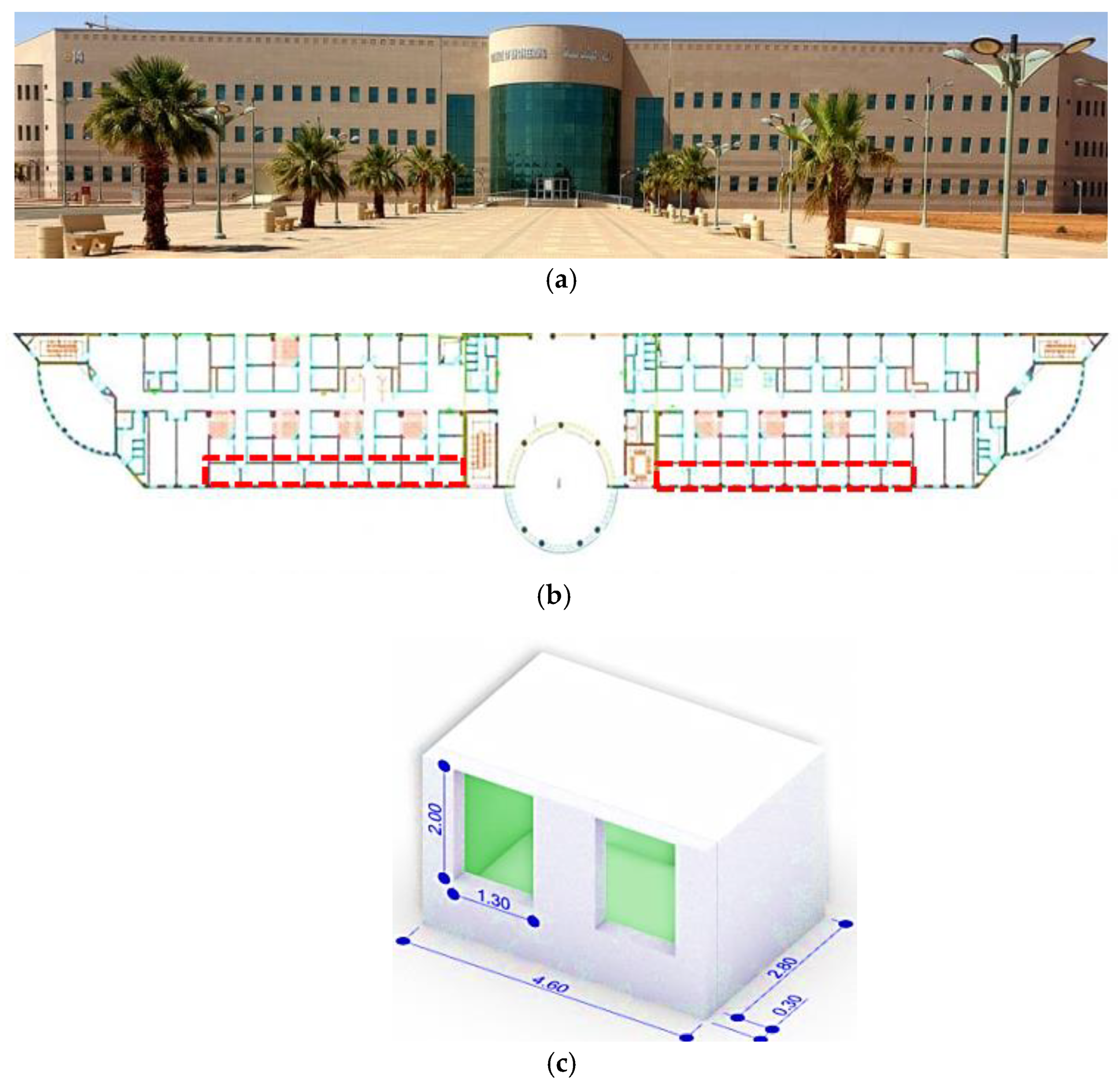

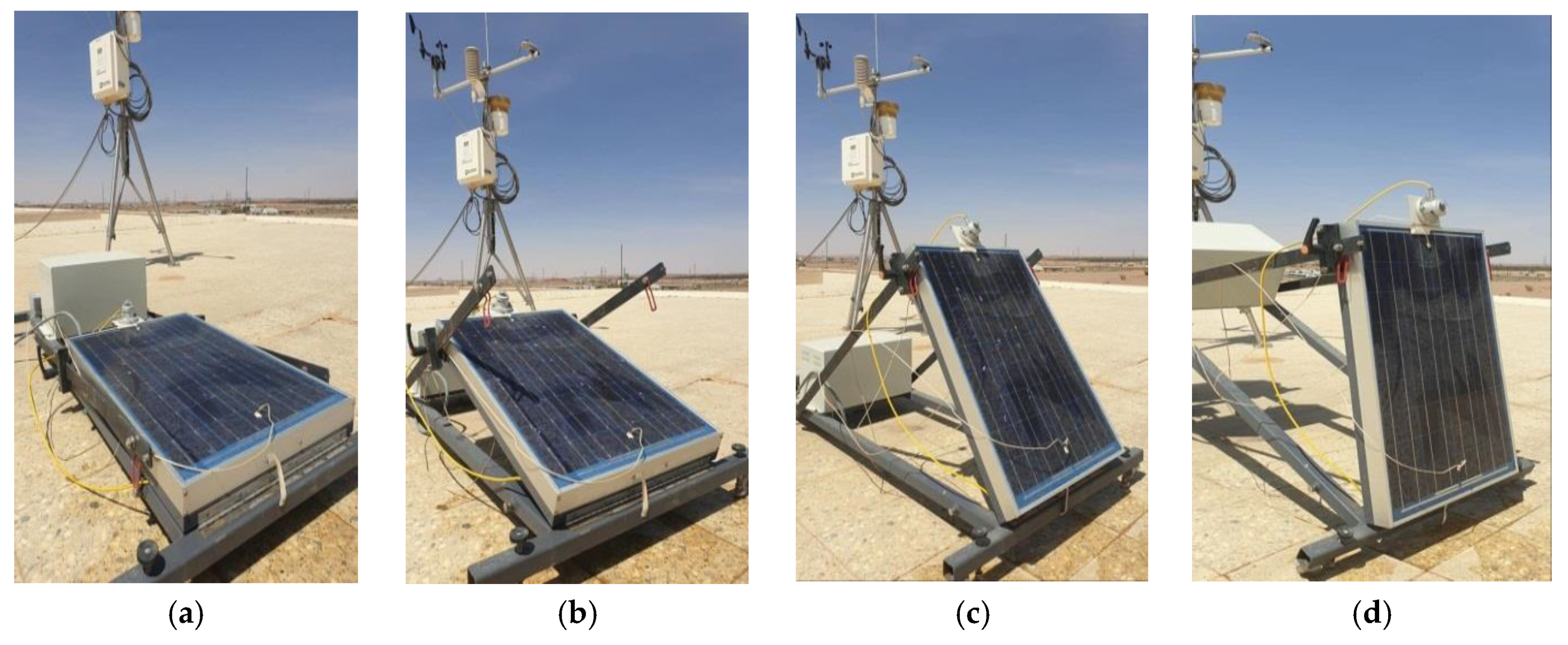
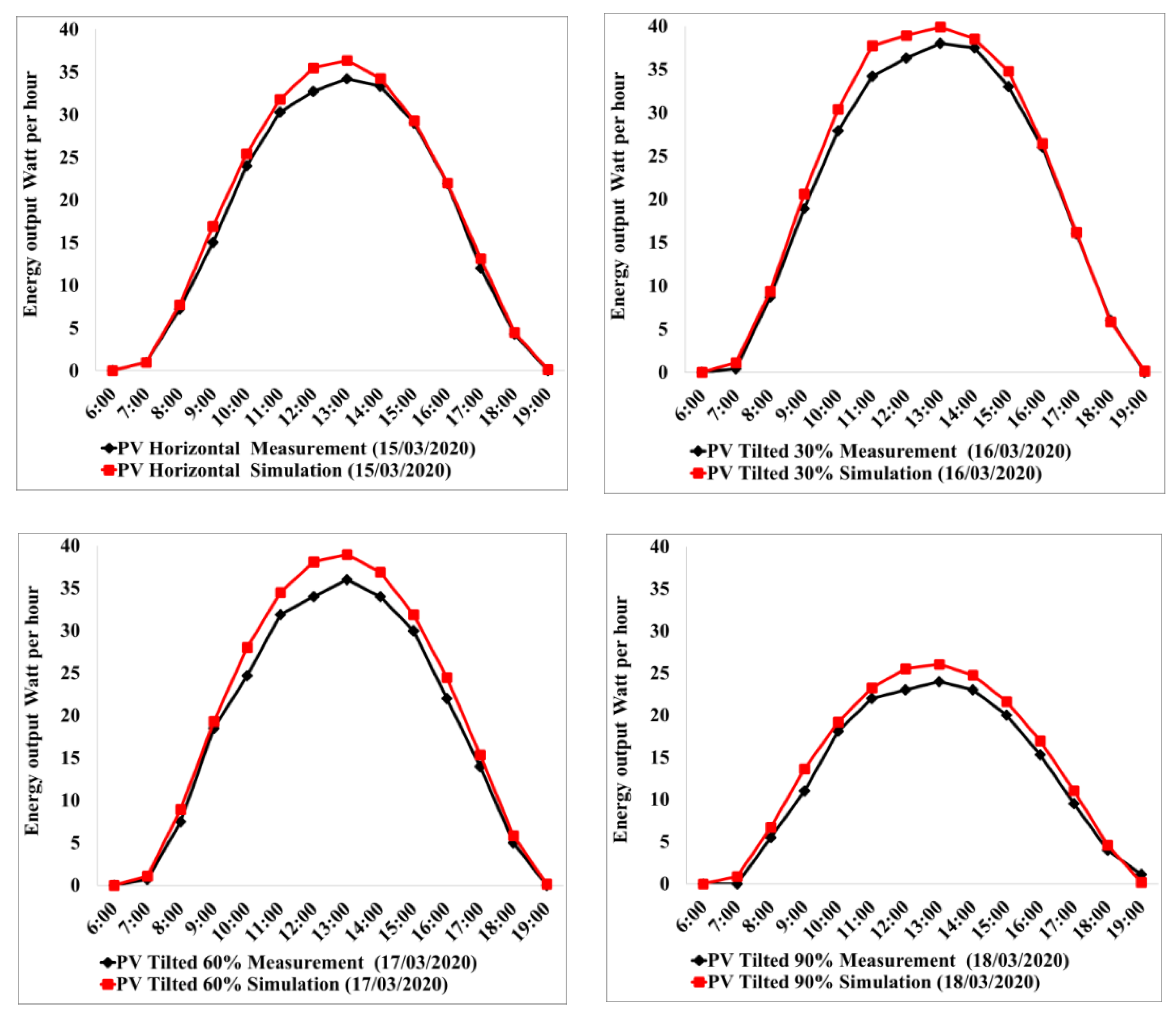
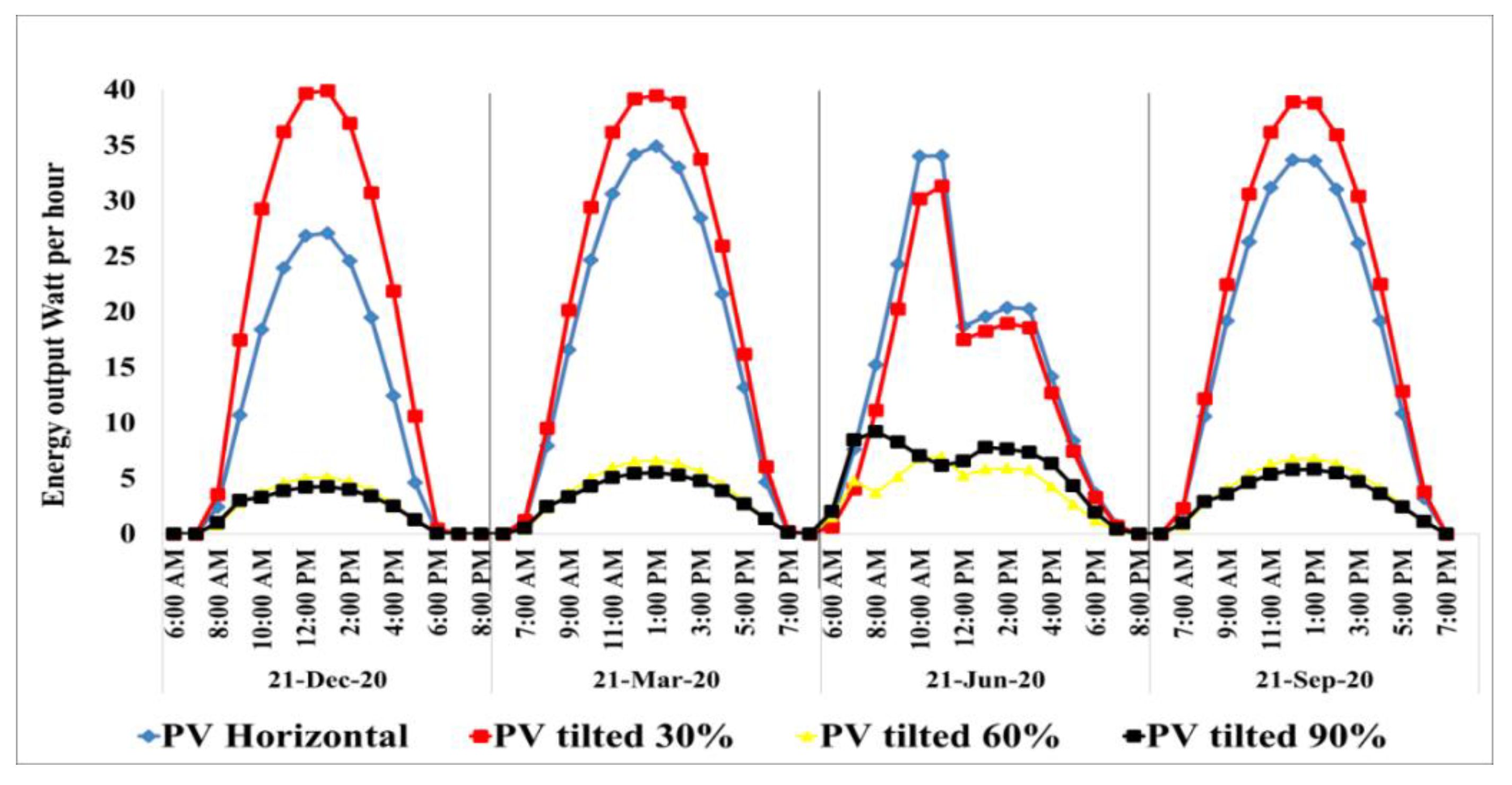
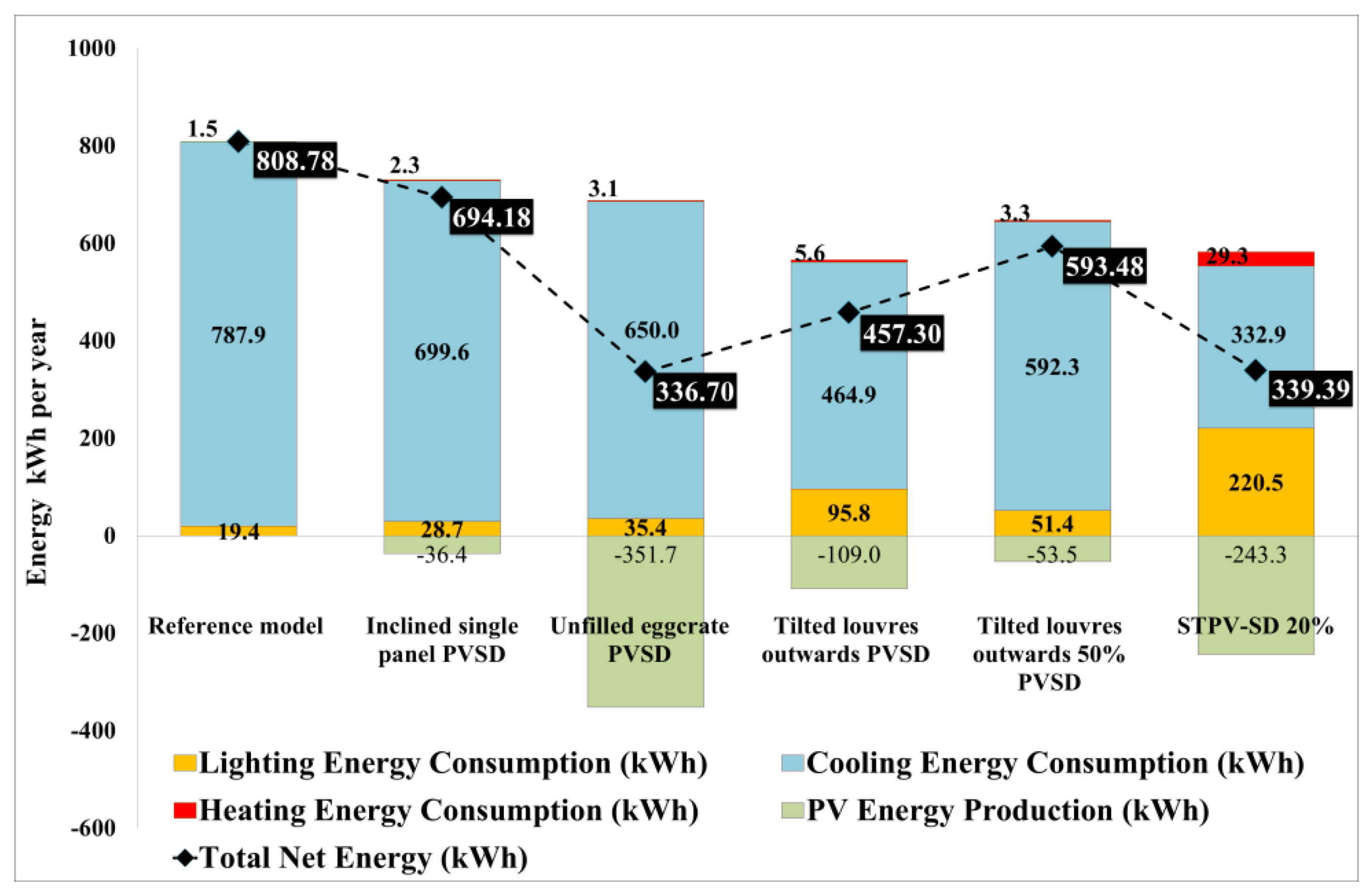
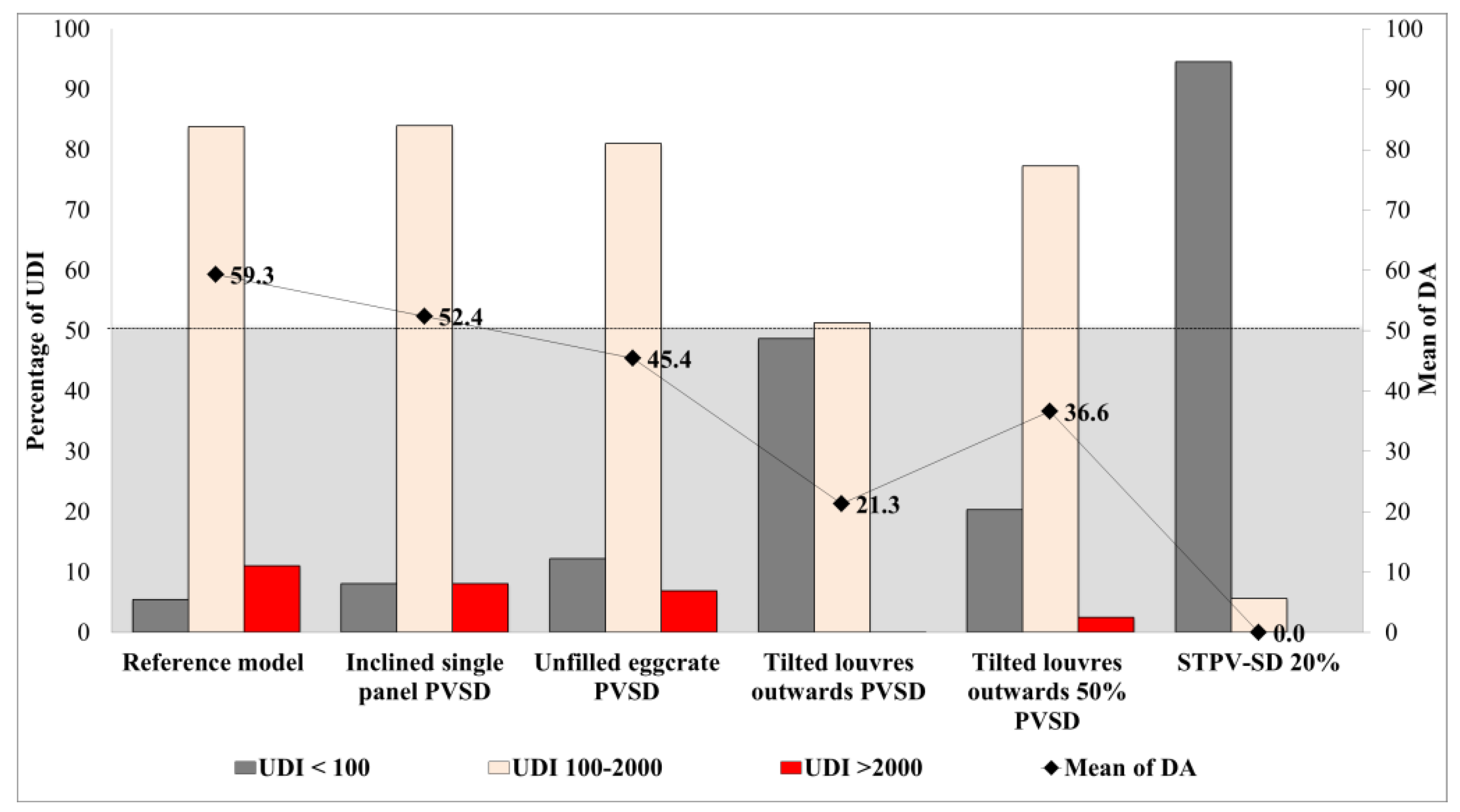
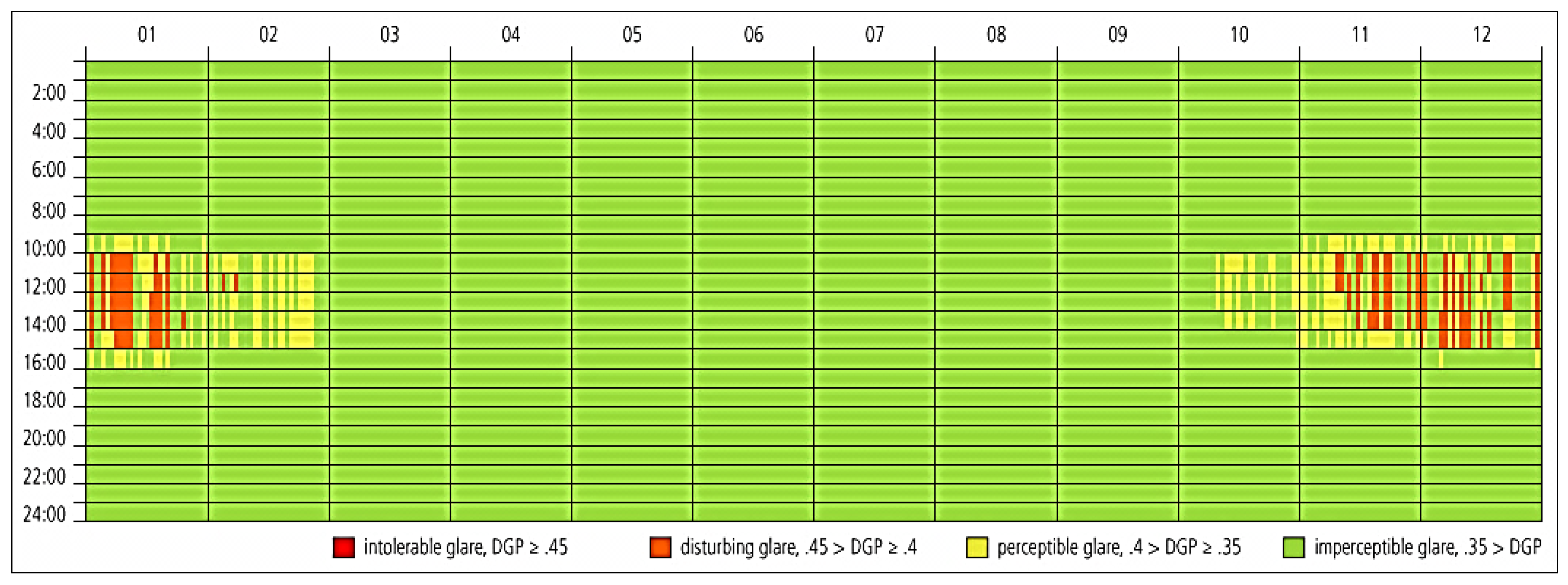
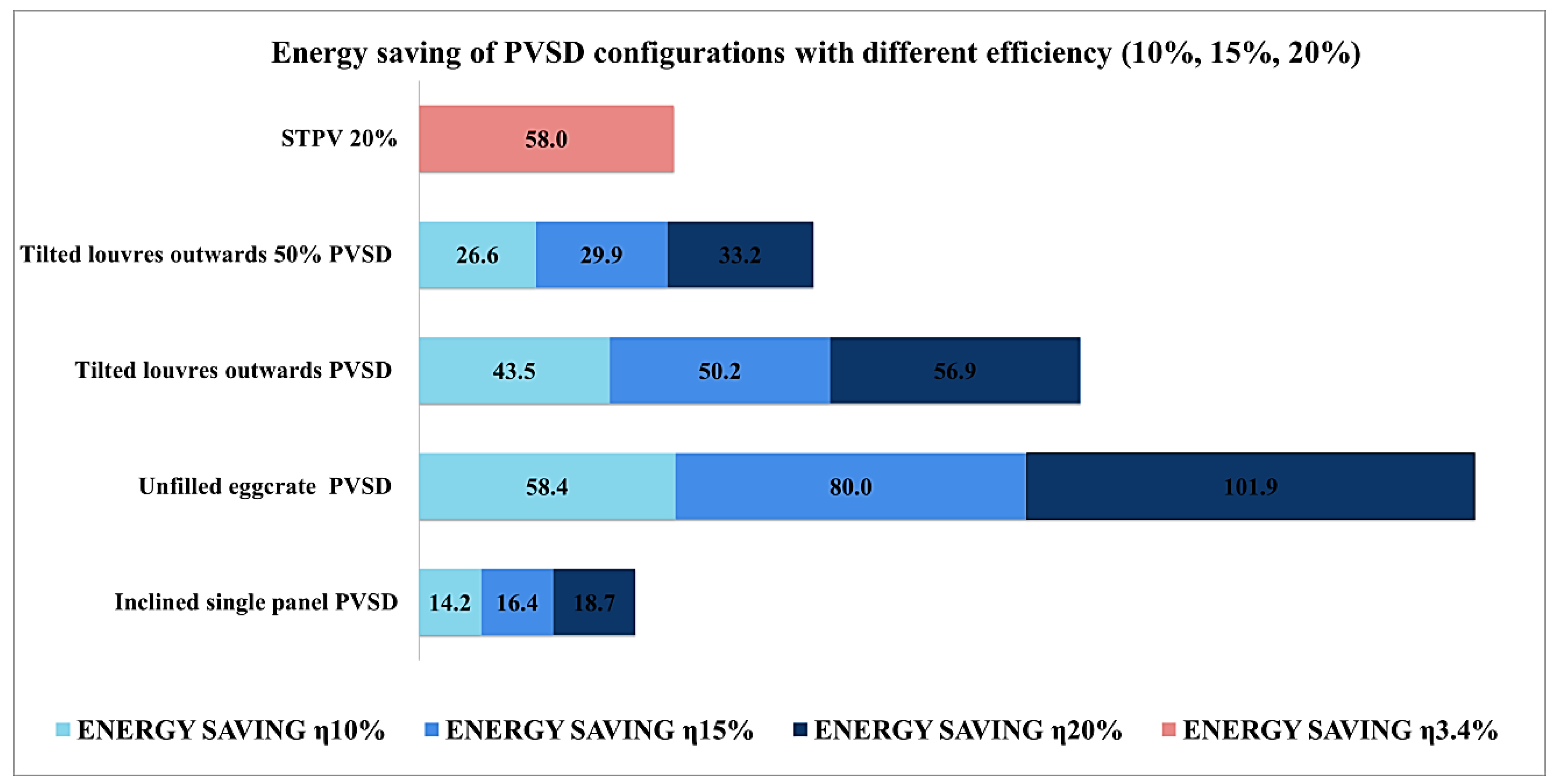
| PVSD1 | PVSD 2 | PVSD 3 | PVSD 4 | PVSD5 | |
|---|---|---|---|---|---|
| Sections | 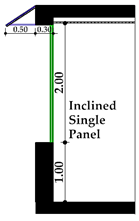 | 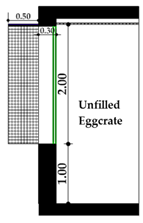 | 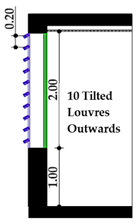 | 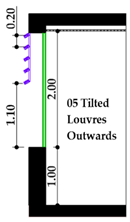 | 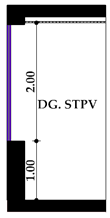 |
| 3 D Models | 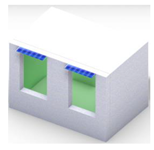 | 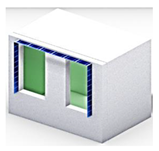 | 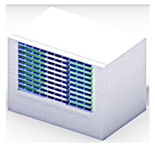 | 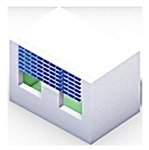 |  |
| Electrical Properties (STC) | ||
|---|---|---|
| Array Types | PVSD Multi-Crystalline | STPV Thin-Film (Amorphous) |
| Dimension (length, width, thickness) | 767 x 502 mm | 2000 x 1300 mm |
| Max power (Pmax) | 40 watt | 88.4 watt |
| Efficiency of module (ȵ) | 10% | 3.4% |
| Max power voltage (Vpm) | 21 V | 78 V |
| Max power current (Ipm) | 2.37 A | 1.15 A |
| Open circuit voltage | 21 V | 100 V |
| Short circuit current | 2.58 A | 1.43 A |
| Material (External Wall Layers) | k (W/m.K) | ρ (kg/m3) | c (J/kg.K) |
| H.W.H.C.B. (150 mm) | 0.96 | 1362 | 879 |
| Thermal insulation (30 mm) | 0.04 | 91 | 837 |
| H.W.H.C.B. (100 mm) | 0.81 | 1618 | 879 |
| Gypsum board (19 mm) | 0.16 | 785 | 1090 |
| Glazing (Optical and Thermal properties) | VLT | U-value | SHGC |
| Double glazing low-E - Argon gas | 0.79 | 1.10 | 0.65 |
| Double glazing semi-transparent PV | 0.20 | 2.70 | 0.14 |
| Analysis | Criteria | Performance Indicator |
|---|---|---|
| Quantitative + qualitative | UDI | 100 lux < Dark area (need artificial light) |
| 100 lux–2000 lux (comfortable), at least 50% of the time | ||
| >2000 lux too bright with thermal discomfort | ||
| DA | Set up 300 lx | |
| WPI | WPI recommended 300–500 lux | |
| DGP | 0.35 < imperceptible glare | |
| 0.35–0.40 perceptible glare | ||
| 0.4–0.45 disturbing glare | ||
| >0.45 intolerable glare |
| ROB | PVSD1 | PVSD2 | PVSD3 | PVSD4 | STPV | ||
|---|---|---|---|---|---|---|---|
| Solstice Winter (21 December) | 09.00 A.M | 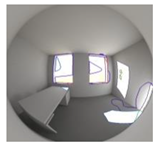 | 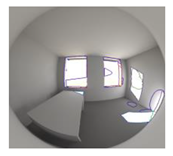 | 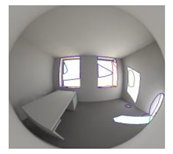 | 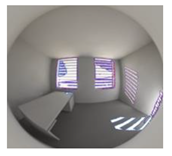 | 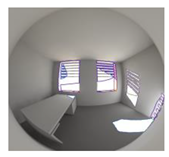 | 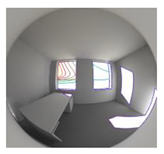 |
| DGP = 31 Mean ILL = 799 lx | DGP = 29 Mean ILL = 765 lx | DGP = 29 Mean ILL = 599 lx | DGP = 27 Mean ILL = 367 lx | DGP = 28 Mean ILL = 581 lx | DGP = 02 Mean ILL = 31 lx | ||
| 12.00 P.M | 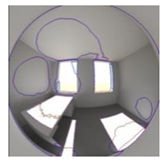 | 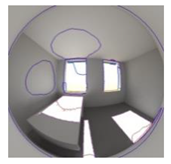 |  | 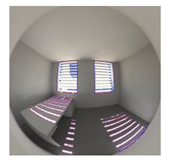 |  | 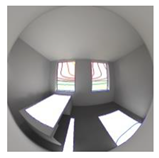 | |
| DGP = 40 Mean ILL = 2582 lx | DGP = 38 Mean ILL = 2123 lx | DGP = 36 Mean ILL = 2103 lx | DGP = 30 Mean ILL = 516 lx | DGP = 32 Mean ILL = 1260 lx | DGP = 08 Mean ILL = 111 lx | ||
| 3.00 P.M | 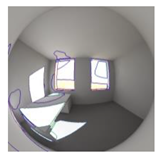 | 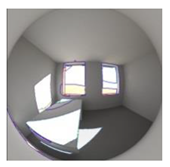 | 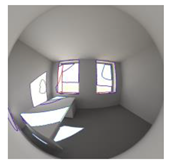 | 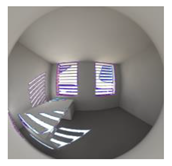 |  | 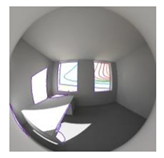 | |
| DGP = 37 Mean ILL = 1082 lx | DGP = 35 Mean ILL = 1044 lx | DGP = 31 Mean ILL = 844 lx | DGP = 28 Mean ILL = 482 lx | DGP = 30 Mean ILL = 774 lx | DGP = 04 Mean ILL = 42 lx | ||
| ROB | PVSD1 | PVSD2 | PVSD3 | PVSD4 | STPV | ||
| Solstice Summer (21 June) | 09.00 A.M | 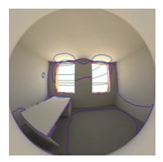 | 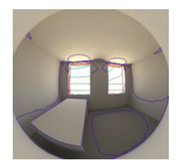 | 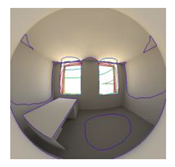 | 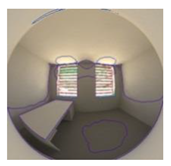 | 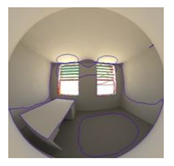 | 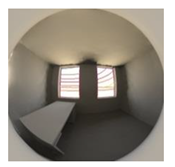 |
| DGP = 28 Mean ILL = 119 lx | DGP = 27 Mean ILL = 113 lx | DGP = 27 Mean ILL = 101 lx | DGP = 25 Mean ILL = 67 lx | DGP = 26 Mean ILL = 90 lx | DGP = 01 Mean ILL = 5 lx | ||
| 12.00 P.M | 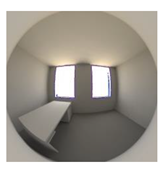 | 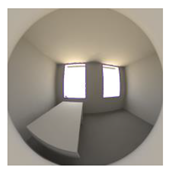 | 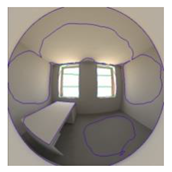 | 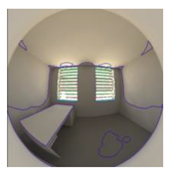 | 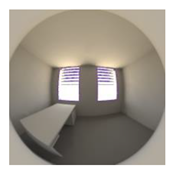 | 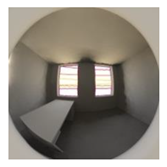 | |
| DGP = 33 Mean ILL = 275 lx | DGP = 32 Mean ILL = 242 lx | DGP = 31 Mean ILL = 221 lx | DGP = 29 Mean ILL = 129 lx | DGP = 30 Mean ILL = 183 lx | DGP = 03 Mean ILL = 11 lx | ||
| 3.00 P.M | 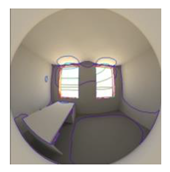 | 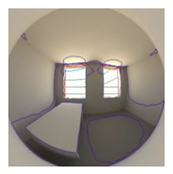 | 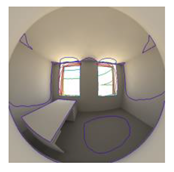 | 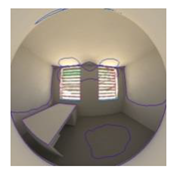 | 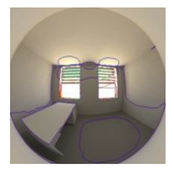 | 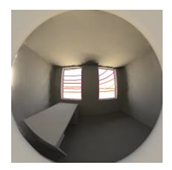 | |
| DGP = 27 Mean ILL = 127 lx | DGP = 26 Mean ILL = 120 lx | DGP = 26 Mean ILL = 108 lx | DGP = 25 Mean ILL = 73 lx | DGP = 26 Mean ILL = 96 lx | DGP = 01 Mean ILL = 5 lx | ||
| ROB | PVSD1 | PVSD2 | PVSD3 | PVSD4 | STPV | ||
| Equinox Spring (21 March) | 09.00 A.M | 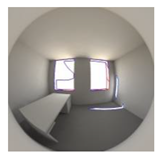 | 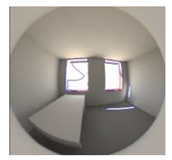 | 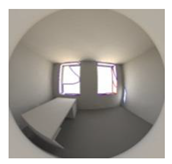 | 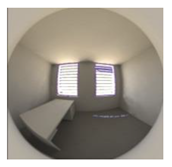 | 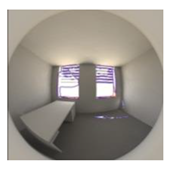 | 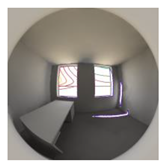 |
| DGP = 28 Mean ILL = 263 lx | DGP = 27 Mean ILL = 228 lx | DGP = 27 Mean ILL = 155 lx | DGP = 25 Mean ILL = 82 lx | DGP = 26 Mean ILL = 140 lx | DGP = 01 Mean ILL = 8 lx | ||
| 12.00 P.M | 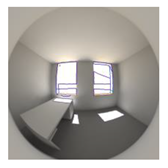 | 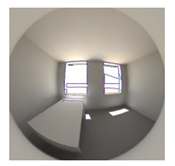 | 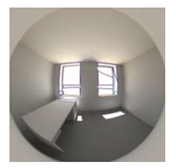 | 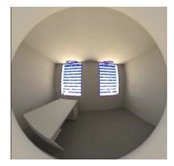 | 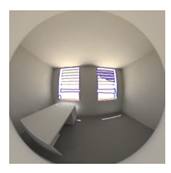 | 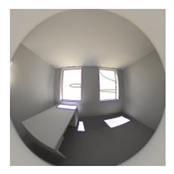 | |
| DGP = 31 Mean ILL = 1133 lx | DGP = 30 Mean ILL = 721 lx | DGP = 30 Mean ILL = 688 lx | DGP = 27 Mean ILL = 103 lx | DGP = 28 Mean ILL = 250 lx | DGP = 02 Mean ILL = 35 lx | ||
| 3.00 P.M | 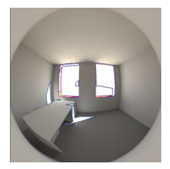 | 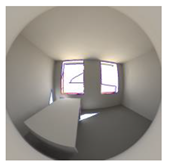 | 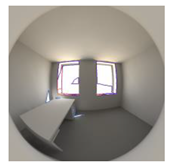 | 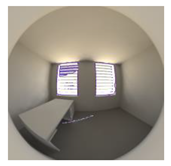 | 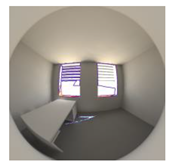 | 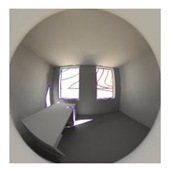 | |
| DGP = 29 Mean ILL = 449 lx | DGP = 28 Mean ILL = 370 lx | DGP = 28 Mean ILL = 252 lx | DGP = 26 Mean ILL = 96 lx | DGP = 27 Mean ILL = 176 lx | DGP = 01 Mean ILL = 14 lx | ||
Publisher’s Note: MDPI stays neutral with regard to jurisdictional claims in published maps and institutional affiliations. |
© 2020 by the authors. Licensee MDPI, Basel, Switzerland. This article is an open access article distributed under the terms and conditions of the Creative Commons Attribution (CC BY) license (http://creativecommons.org/licenses/by/4.0/).
Share and Cite
Mesloub, A.; Ghosh, A.; Touahmia, M.; Albaqawy, G.A.; Noaime, E.; Alsolami, B.M. Performance Analysis of Photovoltaic Integrated Shading Devices (PVSDs) and Semi-Transparent Photovoltaic (STPV) Devices Retrofitted to a Prototype Office Building in a Hot Desert Climate. Sustainability 2020, 12, 10145. https://doi.org/10.3390/su122310145
Mesloub A, Ghosh A, Touahmia M, Albaqawy GA, Noaime E, Alsolami BM. Performance Analysis of Photovoltaic Integrated Shading Devices (PVSDs) and Semi-Transparent Photovoltaic (STPV) Devices Retrofitted to a Prototype Office Building in a Hot Desert Climate. Sustainability. 2020; 12(23):10145. https://doi.org/10.3390/su122310145
Chicago/Turabian StyleMesloub, Abdelhakim, Aritra Ghosh, Mabrouk Touahmia, Ghazy Abdullah Albaqawy, Emad Noaime, and Badr M. Alsolami. 2020. "Performance Analysis of Photovoltaic Integrated Shading Devices (PVSDs) and Semi-Transparent Photovoltaic (STPV) Devices Retrofitted to a Prototype Office Building in a Hot Desert Climate" Sustainability 12, no. 23: 10145. https://doi.org/10.3390/su122310145
APA StyleMesloub, A., Ghosh, A., Touahmia, M., Albaqawy, G. A., Noaime, E., & Alsolami, B. M. (2020). Performance Analysis of Photovoltaic Integrated Shading Devices (PVSDs) and Semi-Transparent Photovoltaic (STPV) Devices Retrofitted to a Prototype Office Building in a Hot Desert Climate. Sustainability, 12(23), 10145. https://doi.org/10.3390/su122310145









